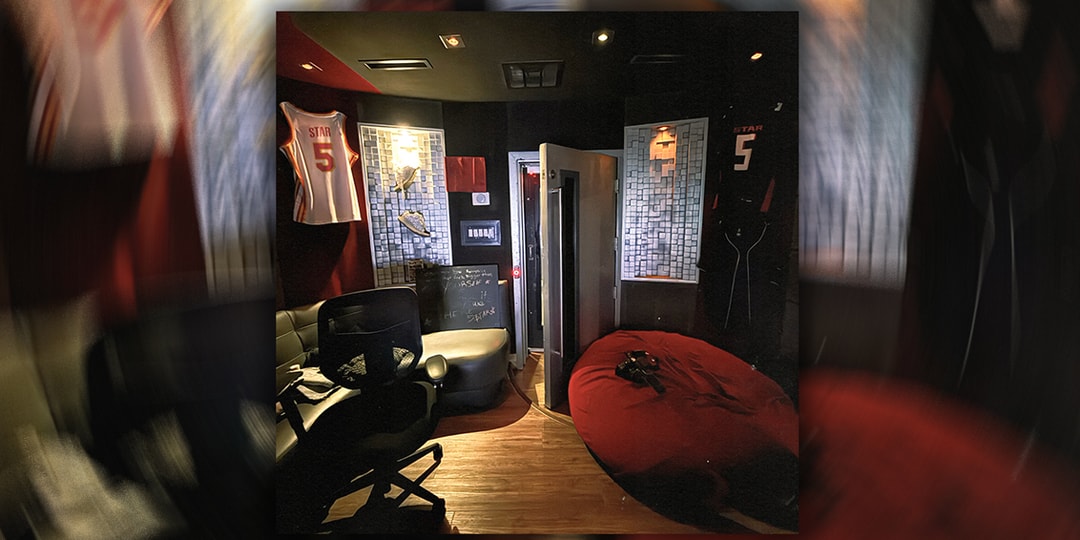Politics
Two federal judges may hold Trump in contempt as he defies courts in immigration crackdown
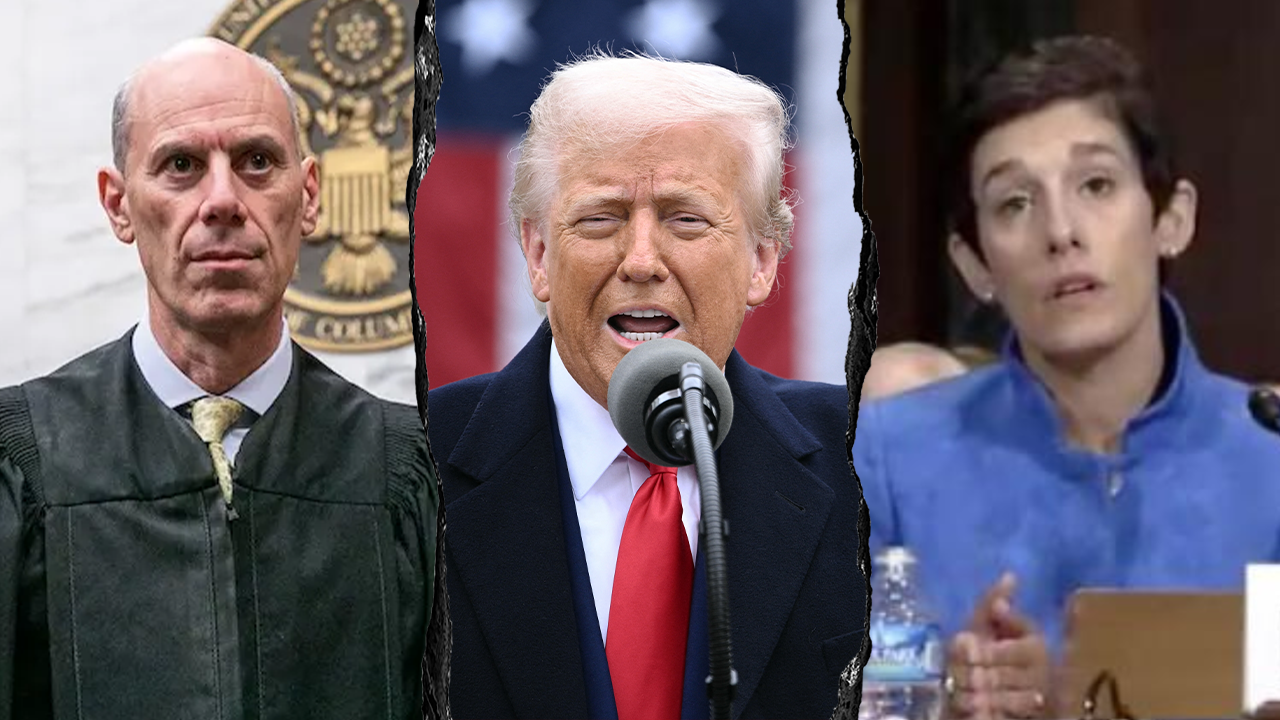
A second U.S. judge scolded the Trump administration on Tuesday night for failing to answer questions in an ongoing deportation case, raising the threat that some Trump officials could be held in contempt of court.
U.S. District Judge Paula Xinis of Maryland upbraided Trump officials for failing to comply with the court’s requests for information in a case involving the deportation of Kilmar Armando Abrego Garcia — accusing officials in a blistering eight-page order of submitting “vague, evasive and incomplete” responses that she said demonstrated “willful and bad faith refusal to comply with discovery obligations.”
She further described the Justice Department’s “false premise” objections as “a willful and bad faith refusal to comply with discovery obligations.”
Xinis is not the first federal judge to raise the possibility of holding the Trump administration in contempt for failing to abide by court orders. Just 15 miles away, at a courthouse in Washington, D.C., another judge had already threatened the same.
FEDERAL JUDGE JAMES BOASBERG FINDS PROBABLE CAUSE TO HOLD TRUMP IN CONTEMPT OVER DEPORTATION FLIGHTS
Demonstrators gather in a nationwide “Hands Off!” protest against President Donald Trump and Elon Musk in Boston on Apr. 5, 2025. (Joseph Prezioso/AFP via Getty)
At issue in both cases is President Donald Trump’s use of the Alien Enemies Act, a wartime immigration law the administration invoked last month to immediately deport certain individuals from the U.S. to El Salvador.
Hours after Trump’s March 14 proclamation that he would use the law to deport certain migrants — including alleged members of the gangs MS-13 and Tren de Aragua, or TdA — the U.S. sent more than 260 migrants to El Salvador to be detained in the country’s maximum-security prison.
The weeks since have been characterized by a wave of frantic court proceedings, appeals, and emergency Supreme Court orders, as judges across the country weigh the administration’s use of the wartime law.
WHO IS JAMES BOASBERG, THE US JUDGE AT THE CENTER OF TRUMP’S DEPORTATION EFFORTS?
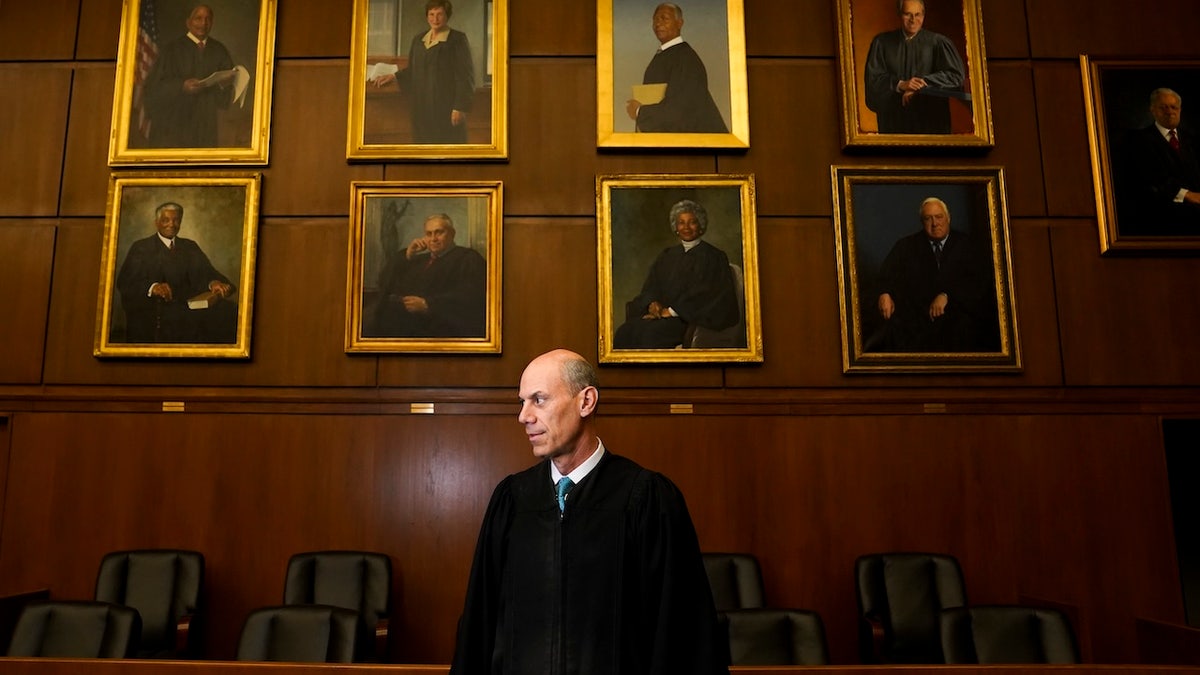
U.S. District Judge James E. Boasberg stands for a portrait at E. Barrett Prettyman Federal Courthouse in Washington, D.C. (Carolyn Van Houten/The Washington Post via Getty Images)
But Trump’s lawyers have appeared less than willing to share certain information with the courts. Their behavior has sparked fury from federal judges, who have accused them on more than one occasion of acting in bad faith and willfully defying their orders.
Xinis took umbrage Tuesday night at the administration’s refusal to respond to at least one interrogatory, saying their refusal is “based on the false premise that the United States can or has been ordered to facilitate Abrego Garcia’s release from custody” in El Salvador.
She also rebuked officials for their failure to comply with her earlier order to return Abrego Garcia, a Maryland man and alleged MS-13 member who was wrongfully deported last month to El Salvador. “For weeks, Defendants have sought refuge behind vague and unsubstantiated assertions of privilege, using them as a shield to obstruct discovery and evade compliance with this Court’s orders,” she said.
Her earlier ruling was upheld by the Supreme Court in an emergency order. The ruling said the government must “facilitate” his release — a definition that was subsequently clarified again by Xinis and by judges on the Fourth Circuit Court of Appeals.
“‘Facilitate’ is an active verb,” U.S. Judge J. Harvie Wilkinson III, a Reagan appointee, said in authoring the circuit court opinion.
“It requires that steps be taken as the Supreme Court has made perfectly clear,” he added.
TRUMP ADMIN DEFIES COURT OVER MARYLAND DEPORTATION, IGNITES LEGAL SHOWDOWN
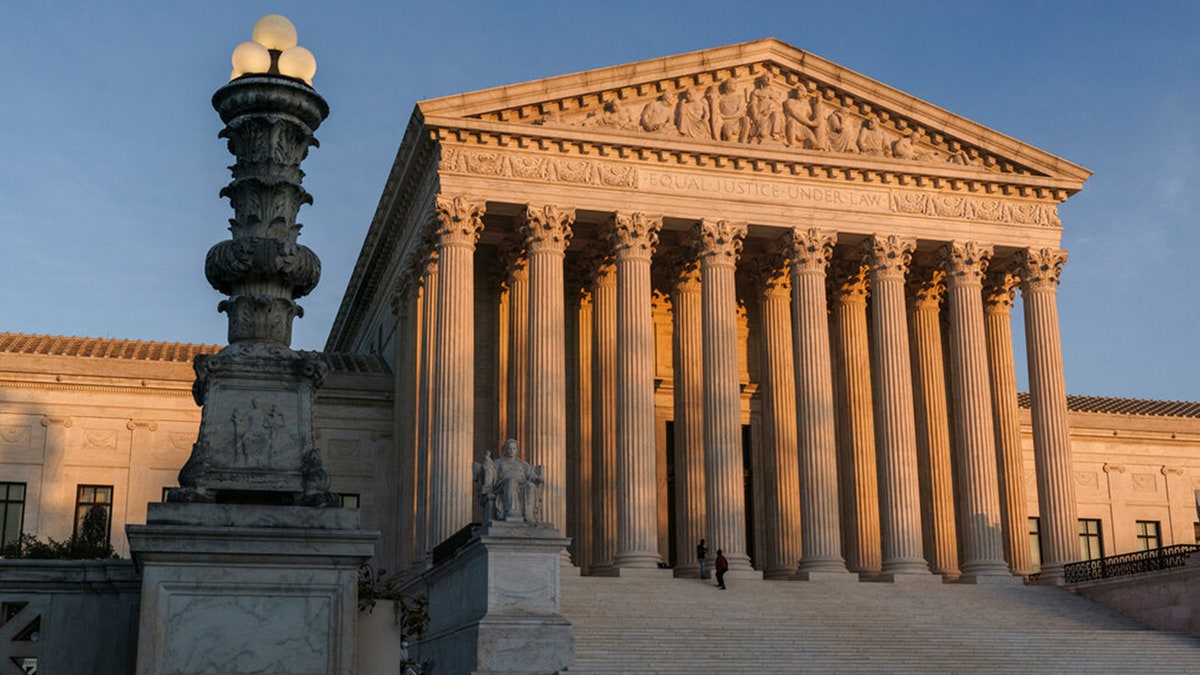
The Supreme Court building in Washington, D.C. (AP Photo/J. Scott Applewhite, File)
At a hearing last week, Xinis ordered an “intense” and expedited two-week discovery period to determine whether the Trump administration has acted in good faith to comply with her order to return Abrego Garcia. Should they fail to supply the required information, or indicate they acted in bad faith, she could have sufficient information to move to consider possible contempt proceedings.
Additionally, in a related case, U.S. District Judge James Boasberg said there was probable cause to find Trump administration officials in criminal contempt for defying his order to return deportation flights to El Salvador on March 15.
In a 48-page ruling, Boasberg accused the government of “willful disregard” for court directives, citing missed deadlines to submit flight details and identify officials who knew about his emergency order halting removals. Although a federal appeals court in D.C. has paused the contempt proceedings, Boasberg has requested further declarations and warned that officials may be required to testify under oath.
If they fail to comply, the judge could refer the case to the Justice Department for prosecution or appoint outside counsel if DOJ declines.
JUDGE BOASBERG POISED TO HOLD TRUMP ADMIN IN CONTEMPT, TAKES DOWN NAMES OF DHS OFFICIALS: ‘PRETTY SKETCHY’
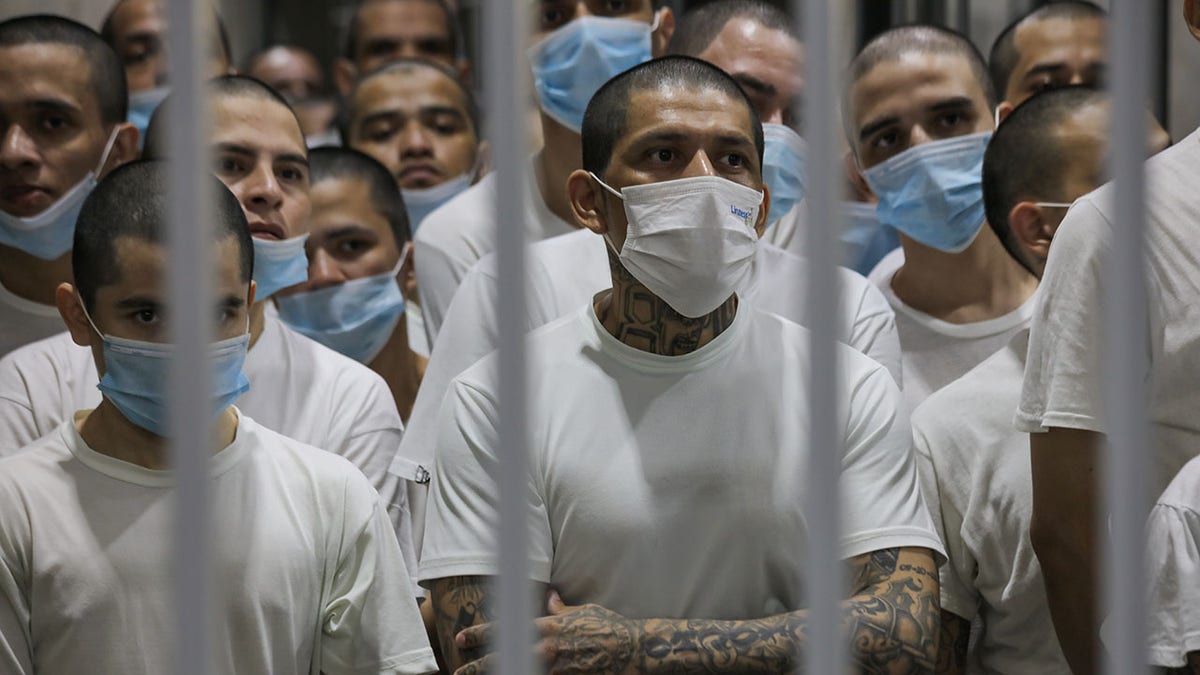
Gang members seen in a cell at the Terrorism Confinement Center, or CECOT, in Tecoluca, in San Vicente, El Salvador. Photo via Getty Images. (Alex Pena/Anadolu via Getty Images)
The appeals court that paused Boasberg’s contempt proceedings did so temporarily, requesting additional briefing from both the Justice Department and ACLU attorneys representing the plaintiffs.
What happens next remains uncertain. Trump officials have repeatedly railed against so-called “activist judges,” accusing courts of obstructing the administration’s immigration agenda. In an earlier emergency appeal, officials claimed Boasberg’s actions amounted to a “massive, unauthorized imposition on the Executive’s authority to remove dangerous aliens,” arguing those individuals “pose threats to the American people.”
Meanwhile, Judge Xinis’s order in Maryland comes amid a flurry of immigration-related legal battles nationwide, as Trump pushes forward with his border security priorities.
Earlier this month, the Supreme Court ruled 5–4 that the administration can continue using the Alien Enemies Act to deport migrants, provided they receive due process protections, including the right to challenge removals in court.
CLICK TO GET THE FOX NEWS APP
Separately, federal judges in New York and Texas temporarily blocked use of the Alien Enemies Act in specific cases, siding with plaintiffs who argued certain migrants could be removed without a chance to seek habeas relief.
The White House did not immediately respond to Fox News Digital’s request for comment on next steps in the Abrego Garcia case, or on the possibility that Xinis might move on possible contempt proceedings.

Politics
How Donald Trump Has Remade America’s Political Landscape
Politics
Upending US birthright citizenship would have drastic negative impact, defenders warn
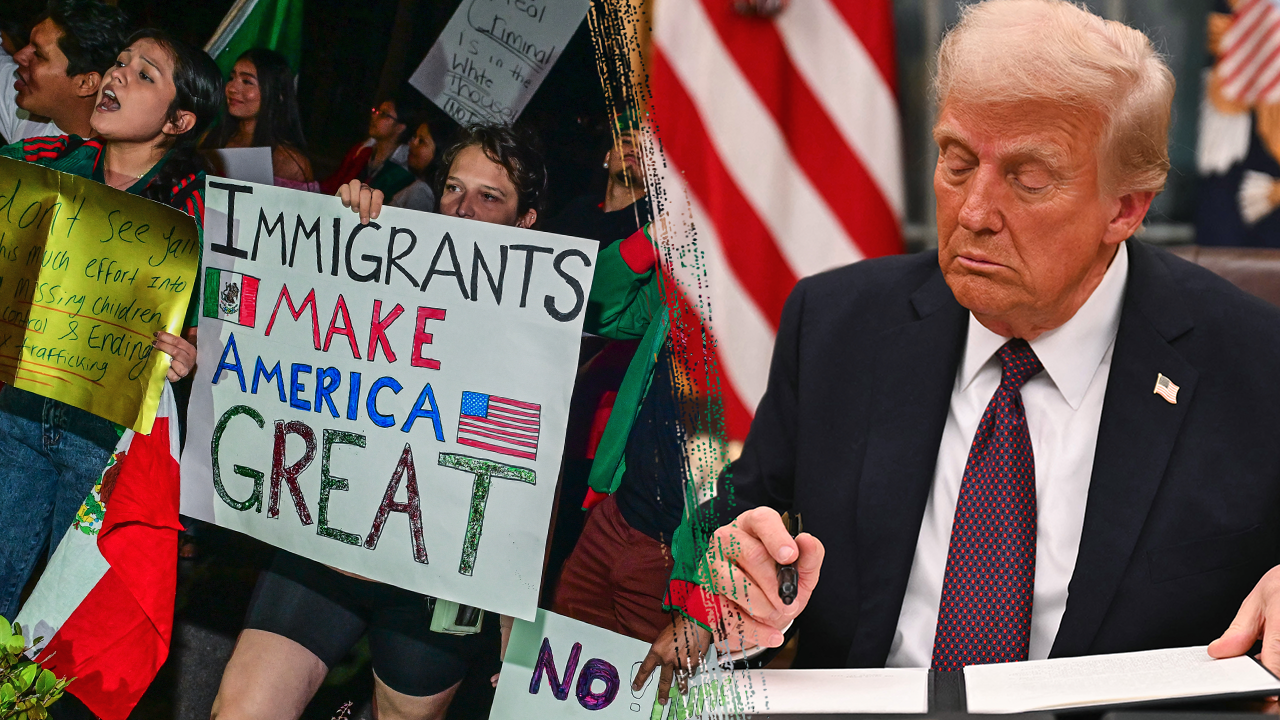
The Supreme Court heard a case this month centered on President Donald Trump’s executive order seeking to end so-called birthright citizenship, in one of the most closely watched and potentially impactful cases heard by the court in recent years.
Though the case itself was used largely as a means of challenging lower court powers to issue so-called universal or nationwide injunctions, justices on the high court did inquire about the merits of the order itself, “Protecting the Meaning and Value of American Citizenship,” which Trump signed on the first day of his second White House term.
The order, which was slated to take force Feb. 20, directed all U.S. agencies to stop issuing citizenship documents to children born to illegal immigrants or children born to mothers living in the country on a temporary visa, if the father is not a permanent resident or U.S. citizen.
Despite the Supreme Court’s focus on universal injunctions in hearing the case, deep and unyielding concerns persist about Trump’s attempt to undo more than 100 years of legal precedent.
JUDGES V TRUMP: HERE ARE THE KEY COURT BATTLES HALTING THE WHITE HOUSE AGENDA
U.S. President Donald Trump shakes hands with U.S. Supreme Court Chief Justice John Roberts (R) as Melania Trump, Donald Trump Jr. and Ivanka Trump look on after being sworn in during inauguration ceremonies in the Rotunda of the U.S. Capitol on January 20, 2025, in Washington, D.C. Chip Somodevilla/Pool via Reuters/File Photo (Reuters)
The ACLU included in its lawsuit the story of one couple from Indonesia but living in New Hampshire whom they said would be affected by the order.
“They arrived in 2023, applied for asylum, and their application awaits review,” ACLU attorneys said of the couple. “The mom-to-be is in her third trimester.
“Under this executive order, their baby would be considered an undocumented noncitizen and could be denied basic health care and nutrition, putting the newborn at grave risk at such a vulnerable stage of life,” they added.
And such problems would persist throughout their lives, lawyers for the group noted. These persons would not be able to obtain necessary identification, such as drivers’ licenses, and would not be able to vote, hold some jobs or serve on juries.
Though Trump had spoken in detail in his first term and on the campaign trail about wanting to end birthright citizenship, his executive order sent shockwaves through the nation. It was met by a wave of lawsuits from Democrat-led states and immigrants’ rights groups.
WHO IS JAMES BOASBERG, THE US JUDGE AT THE CENTER OF TRUMP’S DEPORTATION EFFORTS?
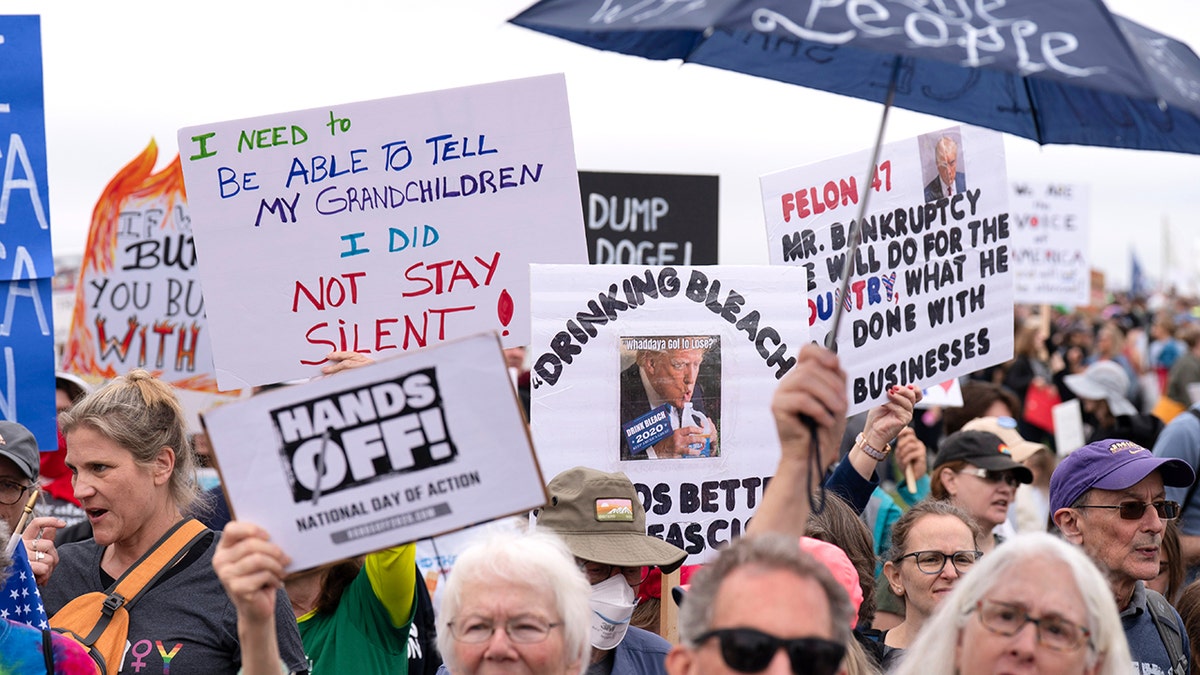
Demonstrators hold up signs during a “Hands Off!” protest against President Donald Trump at the Washington Monument in Washington, Saturday, April 5, 2025. (AP Photo/Jose Luis Magana)
One lawsuit, brought by 18 Democratic attorneys general, warned that ending birthright citizenship would strip hundreds of thousands of U.S.-born children of their citizenship as the result of a circumstance completely outside a child’s control.
Statistics also bear this out. Roughly 150,000 children are born annually in the U.S. to parents of noncitizens. If the order were to take force as Trump envisioned, experts warned the impact would be catastrophic.
”President Trump’s attempt to unilaterally end birthright citizenship is a flagrant violation of our Constitution,” New Jersey Attorney General Matthew Platkin, who joined 17 other Democrat-led states in suing to block the order, said earlier this year.
TRUMP FACES ANOTHER DEPORTATION SETBACK WITH 4TH CIRCUIT APPEALS COURT
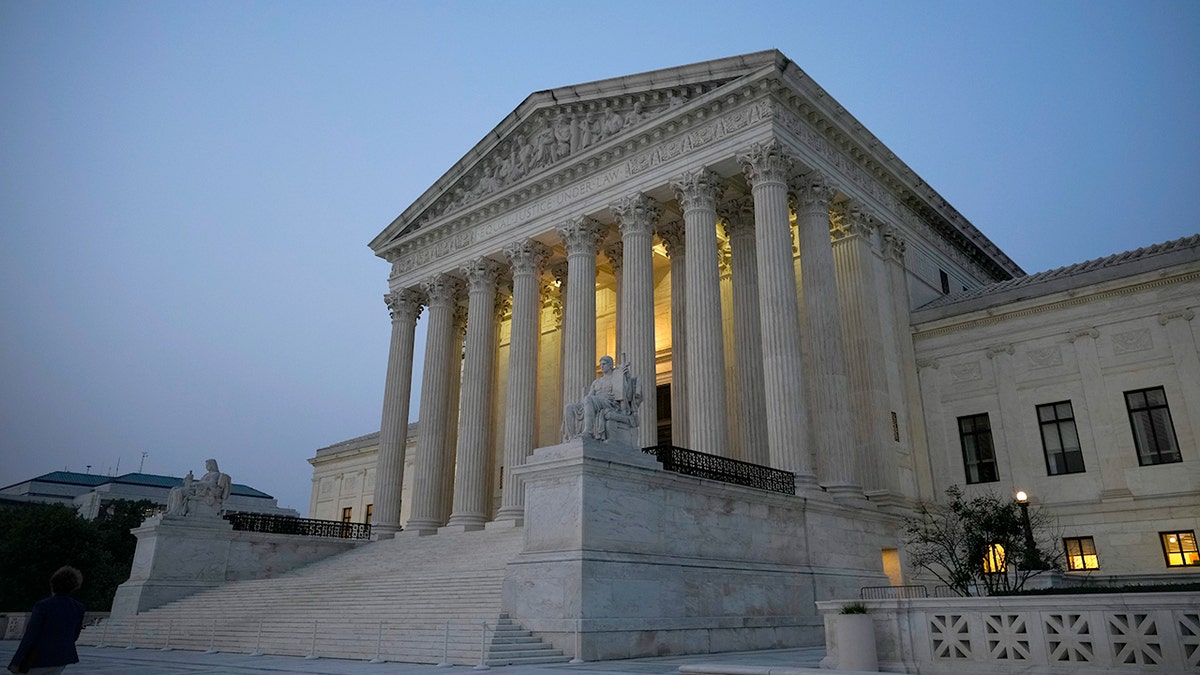
The U.S. Supreme Court is at the center of fresh debate over the interpretation of a core clause of the Fourteenth Amendment. (Drew Angerer/Getty Images)
“For more than 150 years, our country has followed the same basic rule: Babies who are born in this country are American citizens,” Platkin added.
More than 22 U.S. states and immigrants’ rights groups sued the Trump administration to block the change to birthright citizenship prior to the Supreme Court’s decision to take up the case, arguing in court filings that the executive order is both unconstitutional and “unprecedented.”
To date, no court has sided with the Trump administration in upholding the executive order.
Politics
Father ripped from family as agents target immigration courts, arresting people after cases dismissed

The man just had his immigration case dismissed and his wife and 8-year-old son were trailing behind him when agents surrounded, then handcuffed him outside the downtown Los Angeles courtroom.
Erick Eduardo Fonseca Solorzano stood speechless. His wife trembled in panic. The federal agents explained in Spanish that he would be put into expedited removal proceedings.
Just moments earlier on Friday, Judge Peter A. Kim had issued a dismissal of his deportation case. Now his son watched in wide-eyed disbelief as agents quickly shuffled him to a service elevator — and he was gone. The boy was silent, sticking close by his mother, tears welling.
“This kid will be traumatized for life,” said Lindsay Toczylowski, chief executive and co-founder of Immigrant Defenders Law Center, who reached out to the family to help them with their case.
A child who’s father was detained by ICE after a court hearing stands inside the North Los Angeles Street Immigration Court on Friday.
(Carlin Stiehl/Los Angeles Times)
Similar scenes are taking place across the country as the Department of Homeland Security asks to dismiss its own deportation cases, after which agents promptly arrest the immigrants to pursue expedited removals, which require no hearings before a judge.
The courthouse arrests escalate the Trump administration’s efforts to speed up deportations. Migrants who can’t prove they have been in the U.S. for more than two years are eligible to be deported without a judicial hearing. Historically, these expedited removals were done only at the border, but the administration has sought to expand their use.
The policies are being challenged in court.
“Secretary [Kristi] Noem is reversing Biden’s catch-and-release policy that allowed millions of unvetted illegal aliens to be let loose on American streets,” said a senior official from the Department of Homeland Security.
The official said most immigrants who entered the U.S. illegally within the last two years “are subject to expedited removals.” But he noted that if they have a valid credible fear claim, as required by law, they will continue in immigration proceedings.
Toczylowski said it was Fonseca Solorzano’s first appearance in court. Like many of those apprehended this week, Fonseca Solorzano arrived in the United States from Honduras via CPB One, an application set up during the Biden administration that provided asylum seekers a way to enter the country legally after going through a background check.

Erendira De La Riva, left, Sarai De La Riva and Maria Elena De La Riva speak to the media Friday about the status of Alvaro De La Riva, who was detained the previous night by ICE and taken to the North Los Angeles Street Immigration Court.
(Carlin Stiehl/Los Angeles Times)
More than 900,000 people were allowed in the country on immigration parole under the app, starting in January 2023. The Trump administration has turned the tool into a self-deportation app.
“We are punishing the people who are following the rules, who are doing what the government asks them to do,” Toczylowski said.
“I think that this practice certainly seemed to have shaken up some of the court staff, because it’s so unusual and because it’s such bad policy to be doing this, considering who it targets and the ripple effects that it will have, it’ll cause people to be afraid to come to court.”
A Times reporter witnessed three arrests on Friday in the windowless court hallways on the eighth floor of the Federal Building downtown. An agent in plain clothes in the courtroom came out to signal to agents in the hallway, one wearing a red flannel shirt, when an immigrant subject to detainment was about to exit.
“No, please,” cried Gabby Gaitan, as half a dozen agents swarmed her boyfriend and handcuffed him. His manila folder of documents spilled onto the floor. She crumpled to the ground in tears. “Where are they taking him?”
Richard Pulido, a 25-year-old Venezuelan, had arrived at the border last fall and was appearing for the first time, she said. He had been scared about attending the court hearing, but she told him missing it would make his situation worse.
Gaitan said Pulido came to the U.S. last September after fleeing violence in his home country.
An immigrant from Kazakhstan, who asked the judge not to dismiss his case without success, walked out of the courtroom. On a bench across from the doors, two immigration agents nodded at each other and one mouthed, “Let’s go.”
They stood quickly and called out to the man. They directed him off to the side and behind doors that led to a service elevator. He looked defeated, head bowed, as they searched him, handcuffed him and shuffled him into the service elevator.
Lawyers, who were at courthouses in Santa Ana and Los Angeles this week, say it appears that the effort was highly coordinated between Homeland Security lawyers and federal agents. Families and lawyers have described similar accounts in Miami, Seattle, New York, San Diego, Chicago and elsewhere.
During the hearing for Pulido, Homeland Security lawyer Carolyn Marie Thompkins explicitly stated why she was asking to dismiss the removal proceedings.
“The government intends to pursue expedited removal in this case,” she said. Pulido appeared confused as to what a dismissal would mean and asked the judge for clarity. Pulido opposed having his case dropped.
“I feel that I can contribute a lot to this country,” he said.
Kim said it was not enough and dismissed the case.
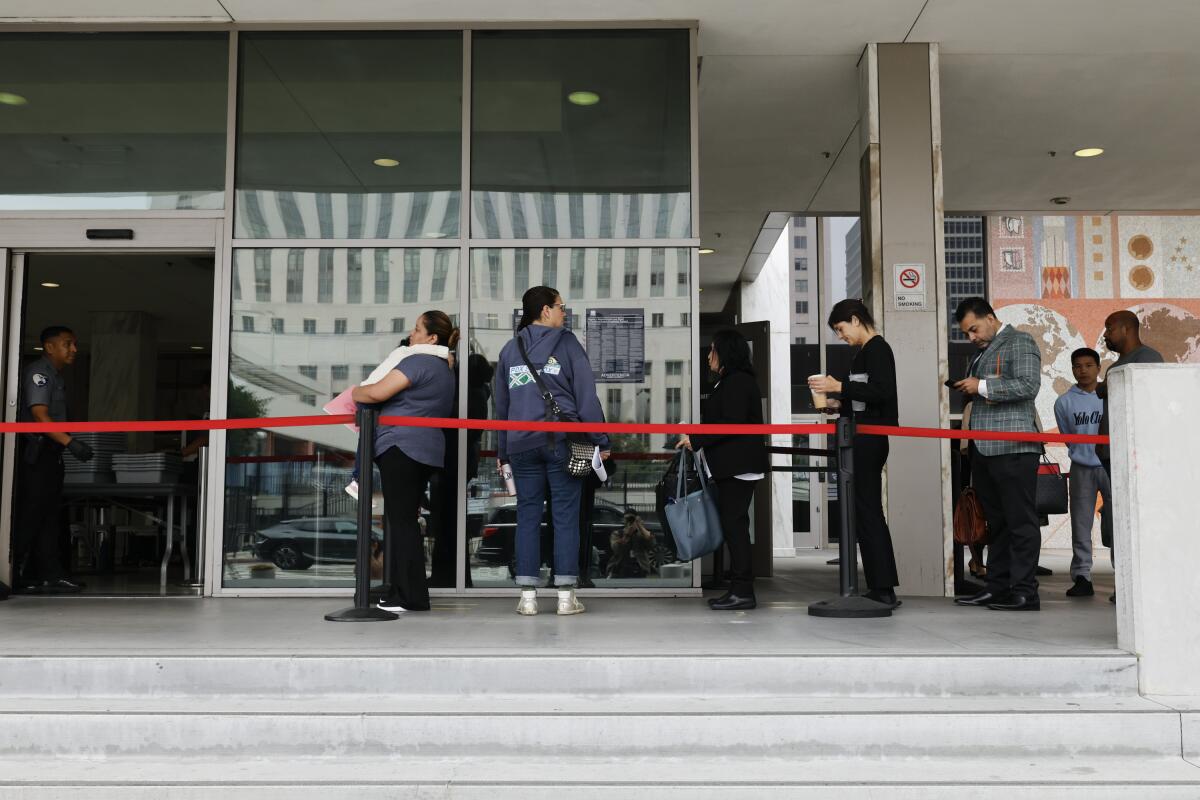
People line up outside the North Los Angeles Street Immigration Court before hearings on Friday.
(Carlin Stiehl/Los Angeles Times)
The courthouse arrests have frustrated immigrant rights advocates who say the rules of the game are changing daily for migrants trying to work within the system.
“Immigration court should be a place where people go to present their claims for relief, have them assessed, get an up or down on whether they can stay and have that done in a way that affords them due process,” said Talia Inlender, deputy director at the Center for Immigration Law and Policy at UCLA School of Law School. “That is being ripped away sort of at every turn.
“It’s another attempt by the Trump administration to stoke fear in the community. And it specifically appears to be targeting people who are doing the right thing, following exactly what the government has asked them to do,” she said.
-

 Technology1 week ago
Technology1 week agoMeta asks judge to throw out antitrust case mid-trial
-

 World1 week ago
World1 week agoCommissioner Hansen presents plan to cut farming bureaucracy in EU
-

 News1 week ago
News1 week agoNew Orleans jailbreak: 10 inmates dug a hole, wrote ‘to easy’ before fleeing; escape plan found
-

 News1 week ago
News1 week agoVideo: Doctors Heal Infant Using First Customized-Gene Editing Treatment
-

 Movie Reviews1 week ago
Movie Reviews1 week agoDevil’s Double Next Level Movie Review: Trapped in a punchline purgatory
-

 Business1 week ago
Business1 week agoVideo: How Staffing Shortages Have Plagued Newark Airport
-

 Business1 week ago
Business1 week agoConsumers Show Signs of Strain Amid Trump's Tariff Rollout
-

 Movie Reviews1 week ago
Movie Reviews1 week ago‘Nouvelle Vague’ Review: Richard Linklater’s Movie About the Making of Godard’s ‘Breathless’ Is an Enchanting Ode to the Rapture of Cinema





